Transient Response
20% Load – 20ms
| Voltage | Before | After | Change | Pass/Fail |
| 12V | 12.089V | 12.002V | 0.71% | Pass |
| 5V | 5.016V | 4.930V | 1.72% | Pass |
| 3.3V | 3.285V | 3.177V | 3.30% | Pass |
| 5VSB | 4.998V | 4.921V | 1.54% | Pass |
50% Load -20ms
| Voltage | Before | After | Change | Pass/Fail |
| 12V | 12.067V | 12.005V | 0.52% | Pass |
| 5V | 5.013V | 4.943V | 1.40% | Pass |
| 3.3V | 3.276V | 3.165V | 3.39% | Pass |
| 5VSB | 4.984V | 4.915V | 1.38% | Pass |
The transient response is very good on all rails, but 3.3V, where the deviation is small, but the low initial voltage leads to a below 3.2V voltage level once the transient load is applied.
Transient Response ATX v3.x Tests
The PSU passes all ATX v3.0 transient response tests, but the 3.3V rail drops low in the 200% load test.
The 12V rail’s performance is strong in these tests. In the worst-case scenario, the 200% load test, the PX100P achieves third place.
Pages:

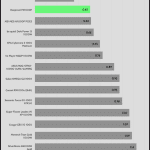
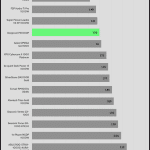
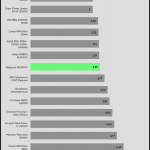
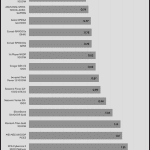
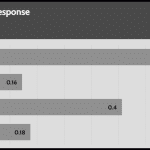
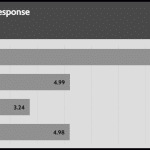
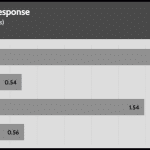
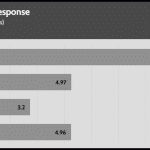
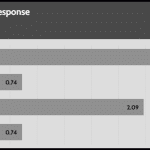

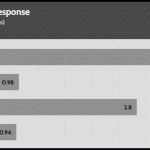
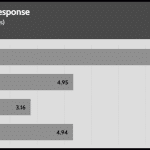
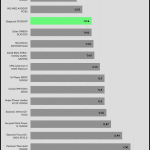
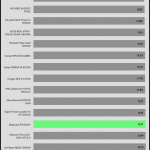
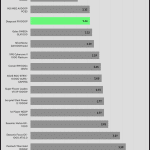
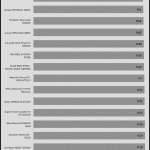

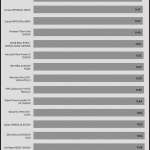
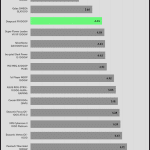
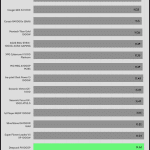


It’s such a shame that such a good and expensive PSU is hampered by a silly fan profile.
This figure looks like some sort of torture device.
I want to ask, if the starting 1k RPM (30-35dBA) is the same even with the semi-passive mode turned off?… If so, than it is really silly.